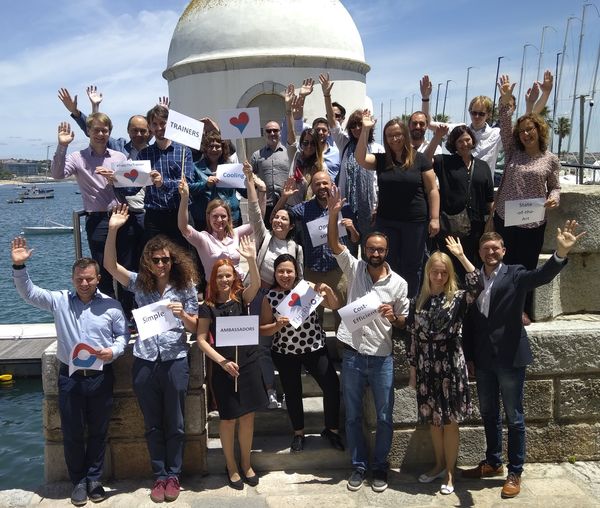THERMOS project
The eight partners and eight cities of the THERMOS H2020 project (Thermal Energy Resource Modelling and Optimisation System) set out in Oct 2016 to amplify and accelerate the development of new low carbon heating and cooling systems across Europe, and enable faster upgrade, refurbishment and expansion of existing systems.
Despite the huge potential for district networks to supply heating and cooling more sustainably compared to individual energy solutions, THERMOS partners agreed on the long, resource, budget and know-how intensive, complex planning processes to be one the key obstacle to their large scale roll-out.
Within the THERMOS project, partners joined forces to develop the methods, data, and tools necessary for enabling key actors like public authorities to undertake more sophisticated thermal energy system planning far more rapidly, cheaply and precise than previously possible.
They tackled these obstacles on the strategic planning level (quantification of technical potential, identification of new opportunities) and at the project planning level (optimisation of management and extension of existing and new systems) by:
- Developing address-level heating and cooling energy supply and demand maps in four Pilot Cities, and subsequently four Replication partners
- Establishing a standard method and schema for high resolution European energy mapping, incorporating a wide range of additional spatial data needed for modelling and planning of thermal energy systems, and their interactions with electrical and transport energy systems;
- Designing and implementing fast algorithms for modelling and optimising thermal systems, incorporating real world cost, benefit and performance data, and operating both in wide area search, and local system optimisation contexts;
The outcomes of all these processes resulted in the development of the free, open-source THERMOS software application. The software was trialled and tested repeatedly by the eight THERMOS project cities, project Ambassadors and more than 150 energy planners from across the world taking part in the THERMOS training programmes.
By the end of the project in March 2021, more than 1400 users from New Zealand to South America had already started to develop 3000+ maps and projects with THERMOS for professional use (and numbers are still growing).
Due to the high interests and significant potential of the tool across the world, partners stroke a partnership agreement on a Software as a Service model at the end of the project. The agreement allows them them to maintain the server and eventually provide technical and planning user support services beyond the project lifetime.
By this, the THERMOS software is not only available in its original and free form via an open-source code but is maintained as an online tool meeting real-world energy planning needs.



